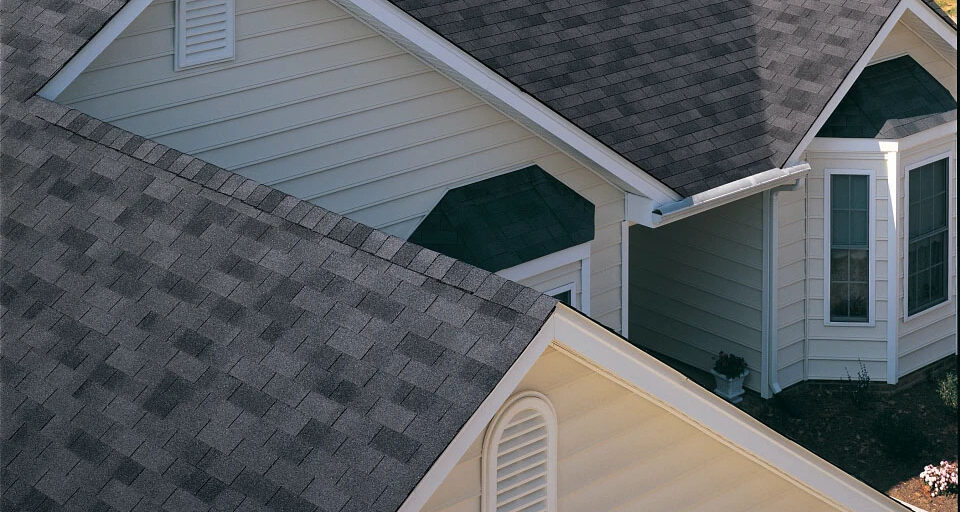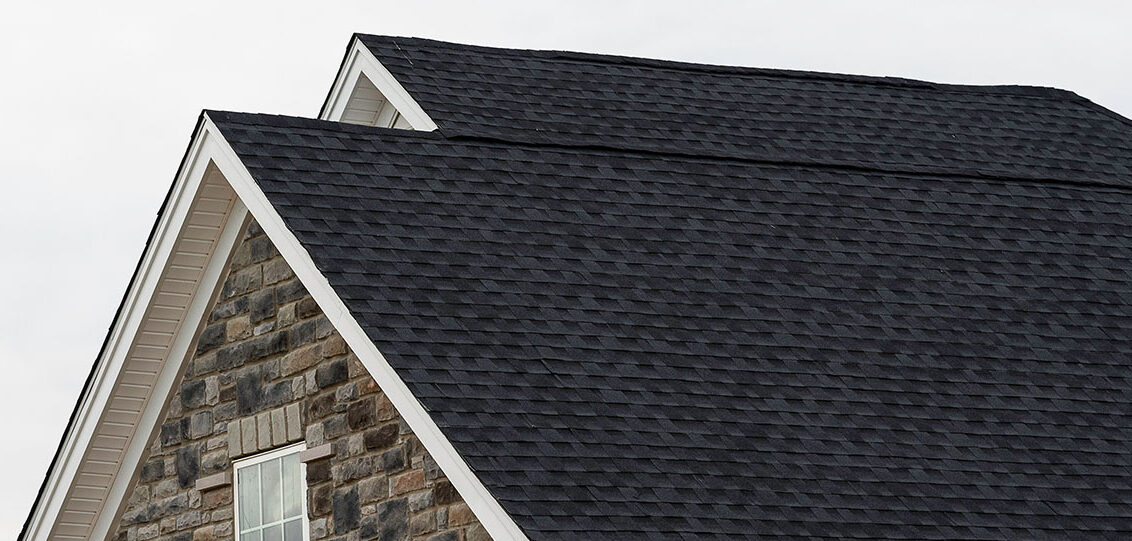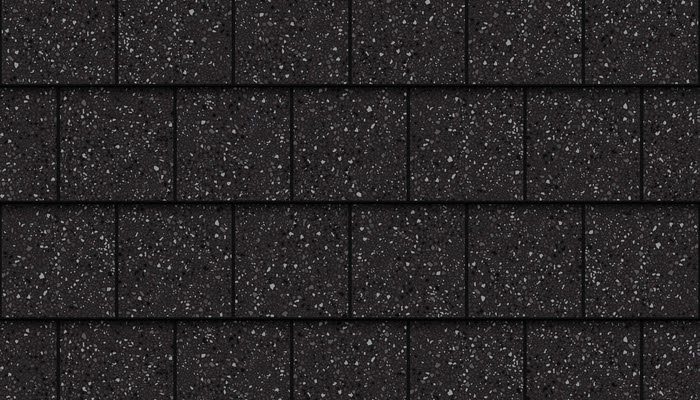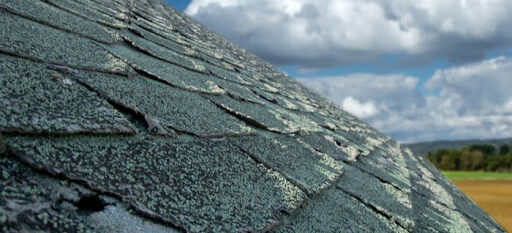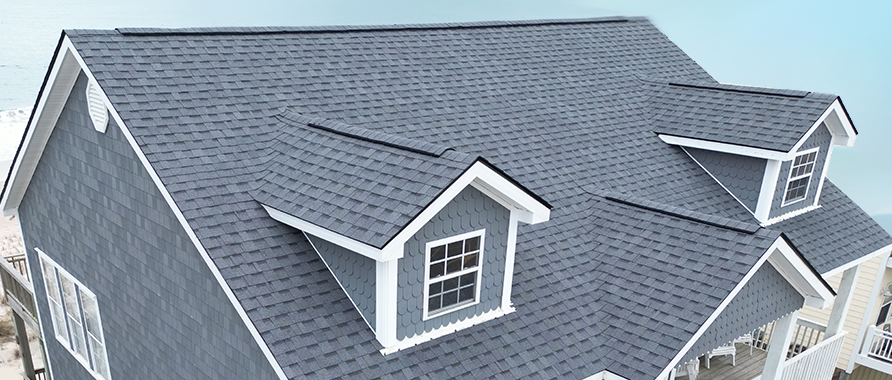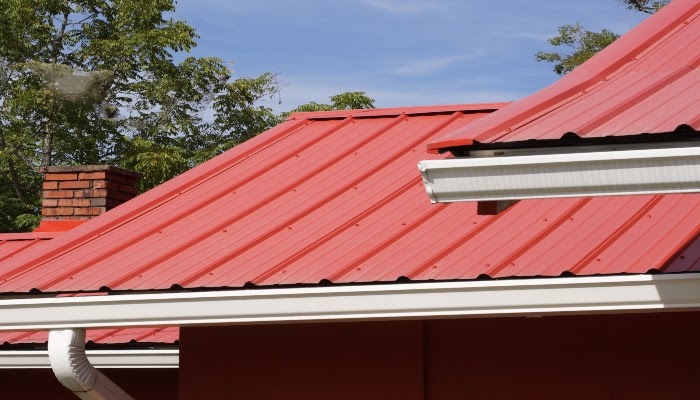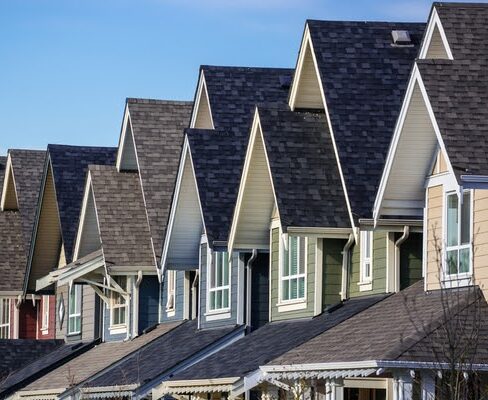
What are the Parts of a Roof Called?
Our roofs can affect our homes' overall comfort, from the attic to our bedrooms, down to the basement. Let's take a look at the anatomy of a roof.
50% off installation
Special financing available. See details
Most of us have a basic knowledge about roofs. We know that it covers our homes, keeps out dirt, birds, snow, and protects the rest of the house from the sun, rain, and snow. But did you know that there is more?
That is why choosing the right roof design, materials, and knowledge about what our roofs need is a lifetime investment.
Let us take a look at the anatomy of our roof to make the right choices.
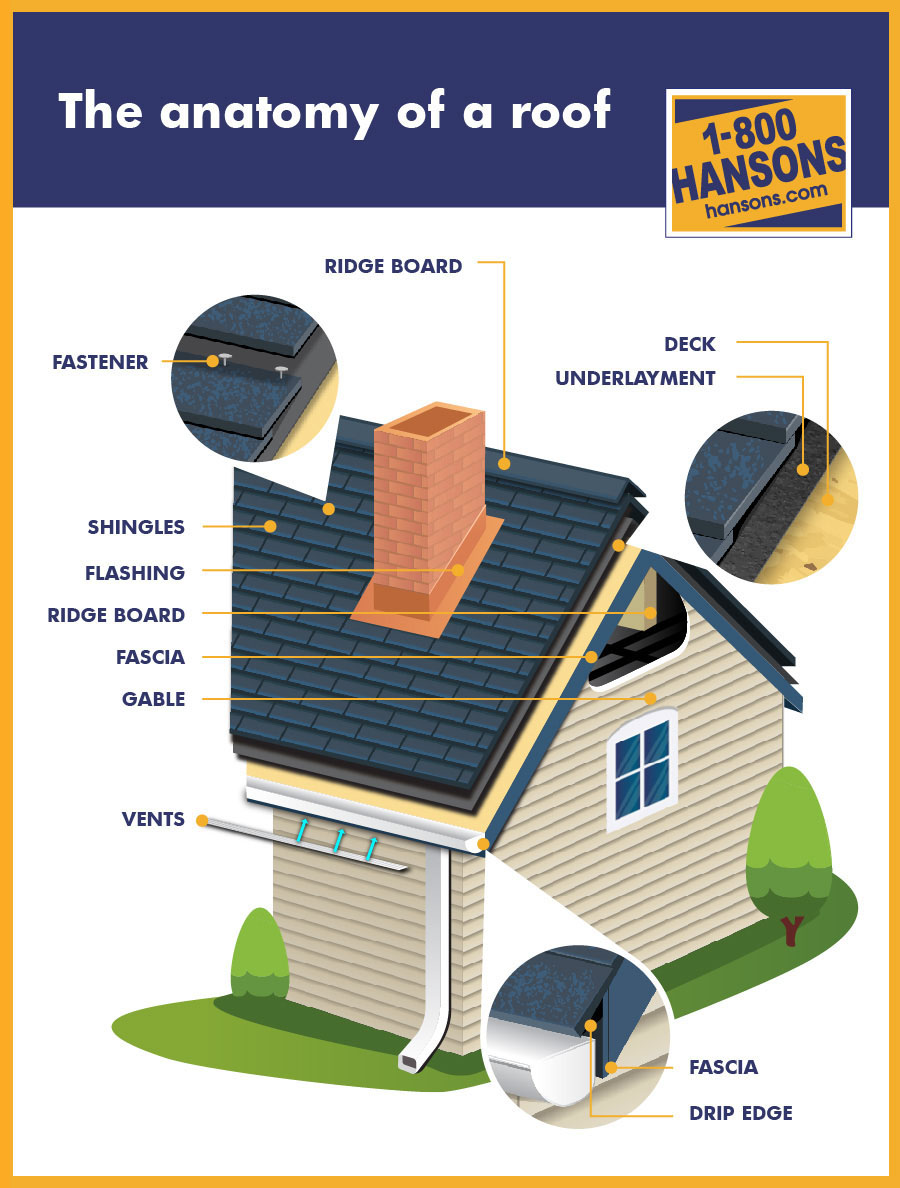
Deck
The roof deck is the foundation of the entire roof system. It is usually made of 1/2 inch of wood or plywood. It is the structural base of the roof and provides a nail bed for the shingles.
Besides lowering your heating and cooling bills due to its insulating capabilities, it also affects the circulation of air in your home. If a room in the house, such as an attic, lacks proper ventilation, this can weaken the roof deck’s structure or sheathing, leading to damage.
On the other hand, improper installation can speed up the decay of your deck, which can also affect the lifespan of your entire roof. Once the damage has affected the other parts of the house, it will continue to weaken the roof system’s foundation, which might lead to replacing your entire roof deck.
You should also consider other requirements, such as fire resistance, enhanced wind-uplift, stability, proper drainage, and deflection resistance.
The most common decks are made of wood, but there are also metal, gypsum, tectum, which are made from cementitious wood fiber acoustical panels and insulrock or pre-manufacture concrete that are also used.
Underlayment
The layer beneath the deck is the underlayment. It protects the deck and the roofing material, and it is a waterproof barrier material that is applied for extra protection. To prevent the roof from mold, mildew, and other damages caused by water caused by moisture, it needs to be watertight.
The underlayment provides the insulation of the roof while it protects the top from leaks. There are three types of underlayment — rubberized asphalt, asphalt-saturated felt, and non-bitumen synthetic. Underlayment is advised in areas that are prone to ice damming and strong winds.
Roofing Material
The first layer of your house is the roof. It protects it from year-round elements and weather changes. Selecting the right roofing material is a crucial decision to the lifespan of your home or building.
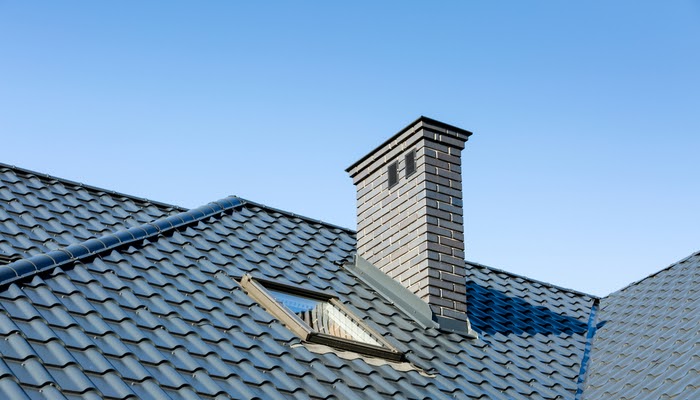
The material used can vary depending on the climate of the area and the shape of the roof. Residential homes and commercial roofs use materials such as metals, tiles, stone, shake, and shingle. Additional features such as built-up roofing, modified bitumen, single-ply, and foam are often used in commercial buildings.
Fasteners
The underlayment is attached to the roof with a variety of fasteners. Different materials need different attachments. Here are a few examples:
- Metal fasteners are used on tiles
- Roofing nails are used on asphalt shingles
- Glue, sticky tar, or paper for others
The fasteners for metal and roofing nails come in different lengths depending on the roof depth but should not extend more than 4″ from the bottom. For the lightweight decks, peel rivets can be used. They are inserted into a hole that has already been drilled. Then a setting tool is used to pull the peel rivet up. The force will peel and then curl the rivet in place.
Coating
Coating can provide additional protection for your roof. Some are already built-in, whereas others are added at the end. The coating can protect from heat and UV rays and is additional insulation. It can also help save energy and serve as additional waterproofing for your interiors. They are practical and affordable too. Here are the types of coatings:
Elastomeric coatings are flexible and can stretch, allowing movement and expansion from hot weather.
Reflective coatings reflect the rays of the sun and decrease the roof’s temperature.
Polymer-modified coatings are long-lasting and high performance due to their polymer component.
Additional Roof Options
The following are additional roof options that you can add:
Vents
Vents protect the roof from condensation, which is one of the top causes of roof damage. The purpose of the vents is to allow the roof to breathe. They also help in preventing mold and rot. Without proper vents, heat cannot escape and can become an onset to various problems such as the following:
- High energy cost
- Uncomfortable living space
- Wood frame will crack
- Warping and Rot
- Mildew and mold growth
- Damage to shingles
Flashing
Flashing is used to direct water away from parts of the roof. They are installed in parts of the roof where a place surface meets a vertical one, such as roof protrusions, drip edgings, pipes, chimneys, joints and valleys, and kickouts. They are made of thin materials, such as galvanized steel, aluminum, or plastic. They can be flexible or rigid.
Most leaks occur when flashings are not correctly installed. If water ends up on the roof deck rather than runs down flashings and unto the shingles, it will cause a lot of damage. Or in some cases where it is no longer enough to protect your home from moisture or saturation.
There are four types of flashings:
- Apron flashing
- Drip edges
- Step flashing
- Valley flashing
Drip Edge/Gutters
Another additional installation is gutters. These are essential elements for your roof and the foundation of your home. Excessive rainfall that is too close to your home can bring about soil erosion, and this can damage the foundation of your house and your basement, roof, porch, and siding. Gutters are installed to channel the water away from those areas. It is designed at an angle and installed on your roof’s gable, on the eaves, and rake. They are made of aluminum, copper, non-porous, non-corroding metal, or galvanized steel.
Why 1-800-HANSONS?



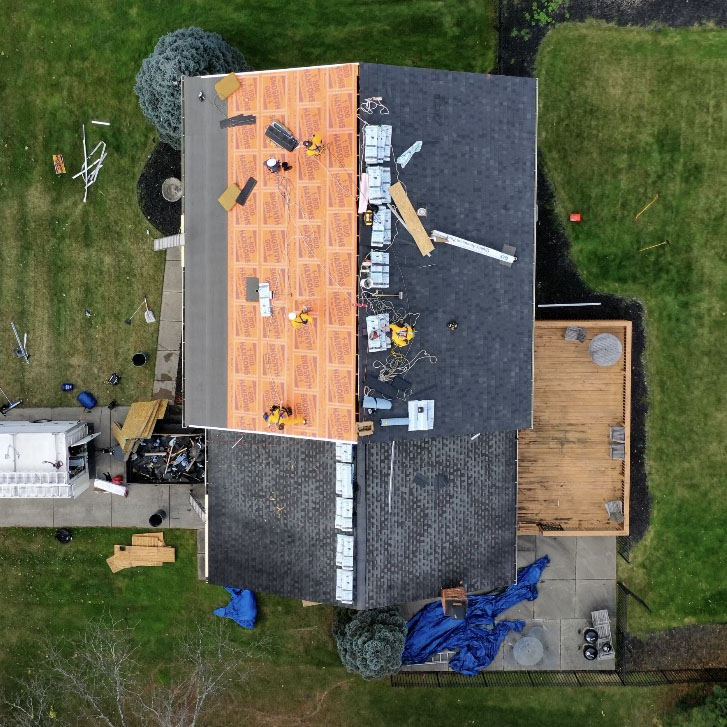
Ready to get started?
We’re ready to help transform your home with durable, energy-efficient products that can help protect your home, improve your comfort and save you money.
Our consultation includes:
- Inspecting your home and gathering precise measurements
- Displaying our best-in-class products and design options for you to choose from
- Providing an immediate estimate and finance options to fit your budget

Enter today for a chance to win a $50,000 home exterior makeover!
50% off installation. Special financing available.
Labor Only. Roofing and siding are priced by the square. This offer is not combinable with other offers/promotions, may be withdrawn without notice, and prior sales are excluded. You must purchase by 4/30/25 to qualify for the special offer. The Lifetime Guarantee applies to roofing, siding, windows, and gutters. Bathtubs and showers offer a no-leak guarantee. Visit www.hansons.com/licenses/ for current contractor license information. Other restrictions may apply.
Disclosure: GreenSky® program consumer loans are made by Synovus Bank, Member FDIC, NMLS #408043, without regard to age, race, color, religion, national origin, gender, disability, or familial status. GreenSky Servicing, LLC (“GSS”, NMLS #1416362, www.nmlsconsumeraccess.org) is a financial technology company that manages the GreenSky® program by supporting originations and servicing the loans on behalf of banks and other financial institutions that make or hold program loans. GreenSky® is a registered trademark of GreenSky, LLC and is licensed to banks and other financial institutions for their use in connection with the GreenSky® program. GreenSky LLC and GSS are not lenders. All credit decisions and loan terms are determined by program lenders.


